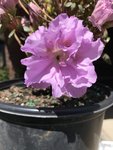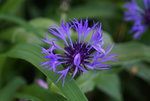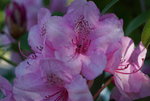If you look at this photo, I have it in a 15 x 16 x 5 inch Anderson flat. I'm trying to bulk up the trunk. It was about 4 feet tall in a 3 gallon nursery can when I bought it autumn 2015. It has increased some in diameter, but not much. If you look at the photo the 3 sub-trunks join, there is only a single trunk emerging from the soil in the flat. The single short main trunk is a little over 1.5 inches in diameter (a touch less than 4 cm). The largest diameter trunk heading up toward the right is about 1 inch diameter (2.5 cm). For as long as this has been in the Anderson flat, roughly 4 years, or beginning its 4th growing season, it has not trunked up much, certainly not the way its cousin, Malus, the crab apple would have. I think I might do the drastic pruning soon, I think I might make this a shohin tree. Amelanchier are not noted for developing thick trunks. Most of the species are shrubs that never do trunks more than an inch or so in diameter. This one is the hybrid A. x grandiflora, which is (A. arborea x laevis), with the A. arborea being the most tree like of the service berries, it can develop a 6 inch diameter trunk, the A. laevis is shrubbier, though occasionally it can get to 30 feet tall. In general most of the service berries you will seldom see trunks larger than 4 inches in diameter, with 1 to 2 inches being most common. In the normal attention span of the average bonsai hobbyist, service berries would be considered slow to trunk up and best for shohin and medium small size bonsai.
They do back bud fairly well after drastic pruning. I have a second one, currently on the farm, that I "chopped" low, and it popped out half a dozen branches on the 6 inch stump I left. I really like the smooth gray bark, much like the texture of a beech tree, or hornbeam. They develop best if given full sun. They persist in shade, but don't thrive.
The one I chopped back has not started blooming again, but I did the chop in 2018, so I am not expecting flowers for another couple years, I need to develop some branches first.
So all in all, I think these are a great species for bonsai. Super winter hardy, no extra work to protect them in winter is needed. Just about every state in the USA and province in Canada has a locally native service berry species. So finding a service berry for your own climate should be no problem. They are somewhat popular in the landscape nurseries, for those who can not go out and collect trees.
They seem less pest prone than crab apples, and as a bonsai have a light and airy feel compared to a crab apple. They have very fine twigs and leaves are light green, thin and relatively small. Well worth playing with to explore their bonsai potential.

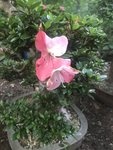 6DD8D1B0-F73F-460E-B061-2C4CF738FBEA.jpeg168.5 KB · Views: 20
6DD8D1B0-F73F-460E-B061-2C4CF738FBEA.jpeg168.5 KB · Views: 20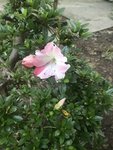 77CB1F76-6B83-4C65-AADE-C22D775AA0C2.jpeg178.4 KB · Views: 19
77CB1F76-6B83-4C65-AADE-C22D775AA0C2.jpeg178.4 KB · Views: 19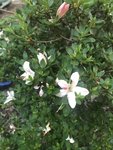 4AF782B8-905C-453A-BB3F-05271690B774.jpeg182.4 KB · Views: 15
4AF782B8-905C-453A-BB3F-05271690B774.jpeg182.4 KB · Views: 15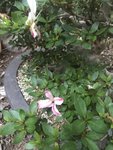 9A7D6EE6-5DDE-435D-9E50-53B8A7F55C2F.jpeg186.3 KB · Views: 14
9A7D6EE6-5DDE-435D-9E50-53B8A7F55C2F.jpeg186.3 KB · Views: 14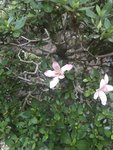 2D3AAA33-ACC2-4676-937A-409418753815.jpeg183.2 KB · Views: 13
2D3AAA33-ACC2-4676-937A-409418753815.jpeg183.2 KB · Views: 13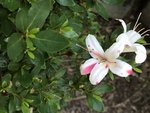 F23B7E91-A3C9-40B0-B925-62131D75C9CD.jpeg160.6 KB · Views: 21
F23B7E91-A3C9-40B0-B925-62131D75C9CD.jpeg160.6 KB · Views: 21
















